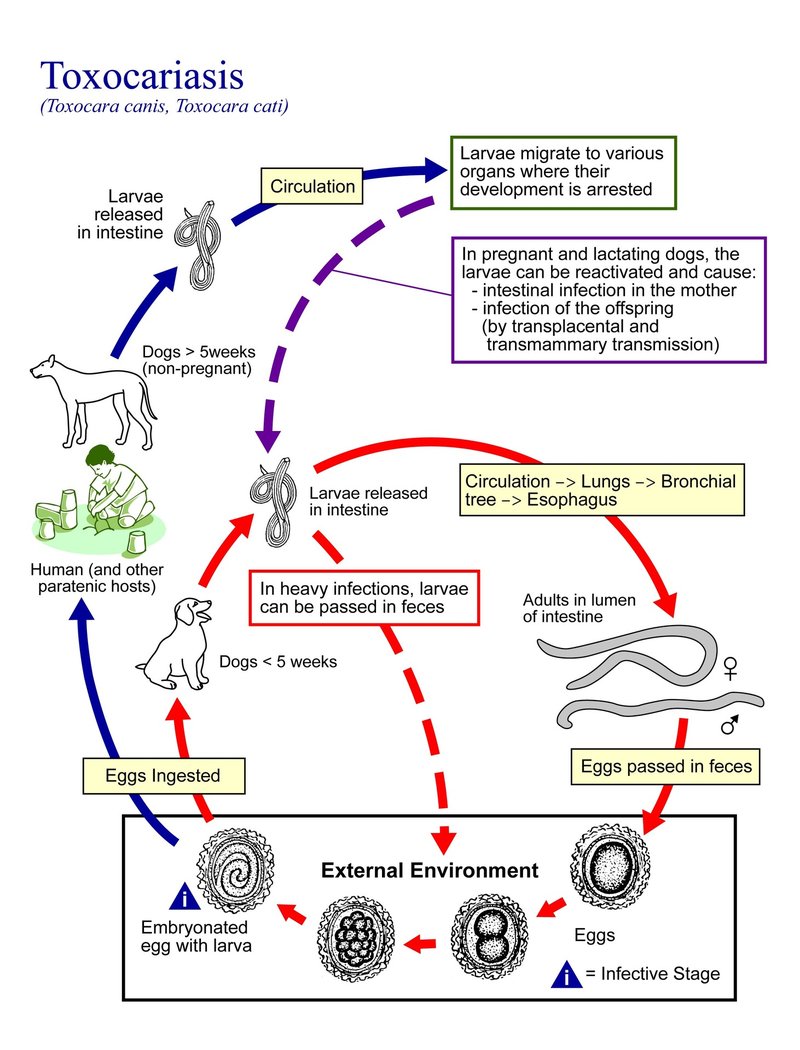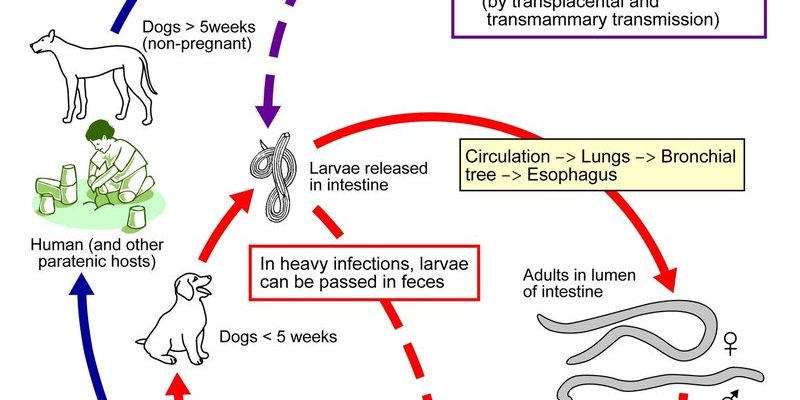
Monitoring roundworm activity isn’t just for scientists; it’s important for farmers, gardeners, and anyone interested in soil health. Keeping an eye on how these organisms thrive in different conditions can help you make better decisions about planting and caring for your plants. Plus, it connects you to the larger web of life that supports our ecosystems. Let’s dive into how we can track these fascinating creatures through the year.
Understanding Roundworms: The Basics
Roundworms, or nematodes, are microscopic worms found in soil, freshwater, and marine environments. They may be small, but they’re crucial players in their habitats. They help decompose organic matter, which enriches soil and supports plant growth. You might not notice them at first glance, but they’re bustling about, working hard beneath our feet.
The relationship between roundworms and plants is symbiotic. They break down decaying material, allowing plants to access essential nutrients. In essence, roundworms act as nature’s recyclers. Without them, the soil could become depleted, leading to poorer plant health. So, understanding how they function can illuminate why they are worth monitoring, especially as the seasons change.
Seasonal Changes in Roundworm Activity
Roundworm activity ebbs and flows with the seasons, much like the plants and animals around them. In spring, as temperatures rise, roundworms become more active. You might find them reproducing at a higher rate, which is fantastic for soil health. The warming soil creates a breeding ground for these organisms, allowing them to thrive and support the new growth of plants.
As summer rolls in, roundworms can face challenges like drought or extreme heat. They may burrow deeper into the soil to escape harsh conditions. This means their activity might decrease, so it’s essential to keep an eye on moisture levels and other factors that might affect their populations. Farmers might need to adjust irrigation practices during this time to maintain roundworm health.
With autumn comes a shift once again. As temperatures start to cool, roundworms can become more active again. This period often sees an increase in decomposing plant matter, providing a rich feast for our little friends. Monitoring this activity can help you determine when to plant fall crops or prepare soil for winter rests.
How to Monitor Roundworm Activity
Monitoring roundworm activity involves a few straightforward methods. You don’t need a Ph.D. to get started! Here’s a simple way to track their presence:
- Soil Sampling: Collect soil samples from different areas of your garden or farm at various times during the year. Make sure to label them by date and location.
- Observation: Look for signs of soil health, such as earthworms and other soil organisms. Healthy soil often indicates a thriving roundworm population.
- Temperature Checks: Keep track of soil temperatures, as these greatly influence roundworm activity. You can use a simple thermometer for this.
Using these methods, you can create a simple timeline of roundworm activity across the seasons. It’s like keeping a diary of your soil’s health, and it helps you make informed decisions about your gardening or farming practices.
Why Monitoring Matters for Agriculture
In agriculture, understanding roundworm activity is crucial. Farmers who monitor these creatures can enhance soil fertility and crop performance. For example, knowing when roundworms are most active can help in planning when to plant crops or apply organic matter. By synchronizing these activities, you can create a healthier environment for plants to grow.
Additionally, roundworms can also serve as bioindicators of soil health. Their presence often correlates with nutrient levels and overall soil quality. This can help farmers avoid unnecessary chemical fertilizers, making agriculture more sustainable. Monitoring roundworm activity is not just about keeping an eye on little worms; it’s about cultivating a thriving agricultural ecosystem.
Common Challenges in Monitoring
While monitoring roundworm activity sounds straightforward, it does come with its challenges. Environmental factors can disrupt your observations. For instance, heavy rainfall can alter soil composition, making it difficult to determine the roundworm population accurately. Similarly, drought conditions might impact their activity, leaving you with fewer signs to track.
Another challenge can be distinguishing between different types of roundworms. Some are beneficial, while others can be pests. It may require some research and observation to recognize which roundworms are helping your soil and which might be causing problems in your garden or farm.
Tools for Effective Monitoring
To make monitoring roundworm activity easier, consider investing in a few simple tools. Here’s a quick list of what you might find helpful:
- Soil Test Kits: These can help you analyze pH levels, moisture, and nutrient content, giving you a clearer picture of your soil’s health.
- Soil Thermometers: Useful for keeping track of temperature changes that could affect roundworm activity.
- Magnifying Glass: Sometimes, a closer look is all you need to identify soil organisms, including roundworms.
With the right tools and a little dedication, you’ll become adept at monitoring roundworm activity and enhancing your soil health over time.
Monitoring roundworm activity across the seasons is more than just a scientific endeavor; it’s a way to connect with the ecosystem around us. As you observe these tiny creatures and their role in the soil, you gain insight into the delicate balance of our environment. Whether you’re a gardener, farmer, or simply a nature enthusiast, understanding roundworms can empower you to make more informed decisions about nurturing the land.
So, grab that soil sample and start your monitoring journey! You’ll find that every season brings new surprises and lessons about the fascinating world beneath our feet. Embrace the opportunity to learn and grow alongside these remarkable little beings.

